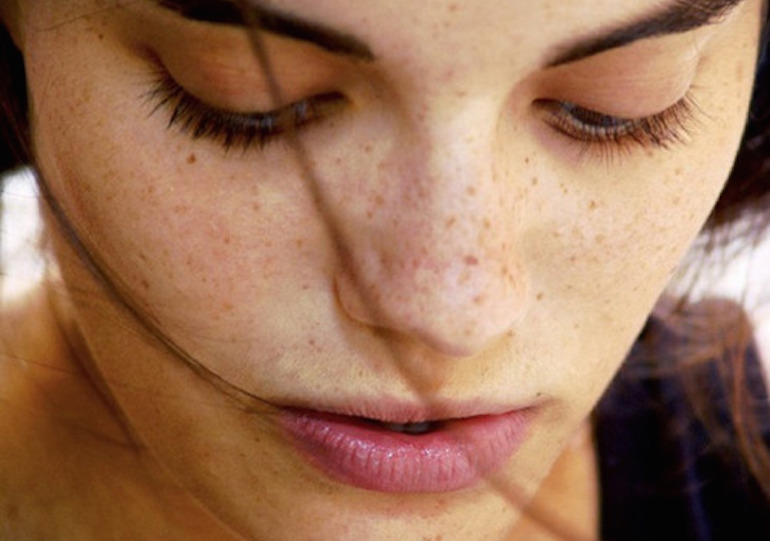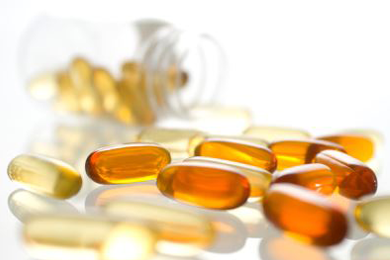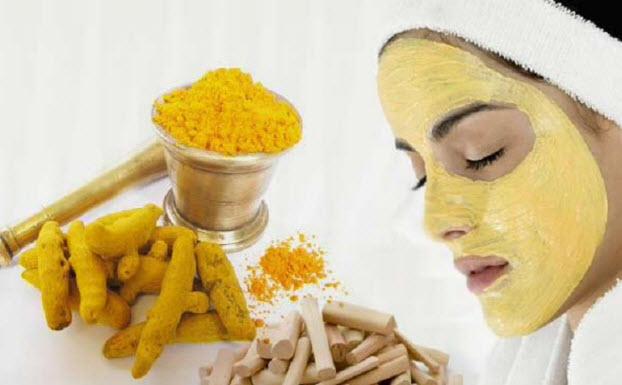Dark spots on the skin are typically caused by hyperpigmentation, or the skin in that area forming excess melanin. This typically occurs when the skin in that area has been damaged. In most cases you can remove dark spots by home remedies but sometimes you need to seek medical help.

Causes of Dark Spots on Face
- Hyperpigmentation. Hyperpigmentation is caused when the skin has become damaged in a particular area. It causes the skin to produce excess melanin, making a particular patch of skin look darker.
- Hormonal Imbalances. Hormonal imbalances like those associated with pregnancy can trigger this over-pigmentation of the cells.
- Excessive Sun Exposure. Excessive exposure to the sun can also cause the skin to start producing excess melanin to protect itself from the UV rays.
- Skin Disorders. People are also more prone to developing dark spots on the skin as they age and the skin does not reproduce as readily, making it more difficult for the skin to eliminate damaged areas.
- Liver Damage. Spots on the skin are also a classic sign of liver damage because the body is less effective in removing toxins from the cells.
- Acne Scars. Acne or scars can often leave dark spots on the skin that will take some time to fade.
When to See a Doctor
If the dark skin is persistent or gives you any reason to be concerned, you should speak to your doctor. You should also seek medical assistance if you develop loss of appetite, diarrhea, constipation, depression or fatigue along with the dark spots appearing in the mucus membranes or in your mouth.
Home Remedies for Dark Spots on Face
1. Sunscreen Cream

Wearing sunscreen cream every time you go outside, even in colder months, can help prevent sun spots from forming on the skin. Put sunscreen cream generously on the face around 30 minutes before going outside so it has a chance to take effect. Also seek out brands that have zinc oxide and titanium oxide as they are more effective.
2. Vitamins

- Vitamin E. Applying vitamin E directly to dark spots before bed will provide the skin with plenty of antioxidants that can help to even the skin tone. Open a vitamin E capsule and dab the contents on any areas you wish to lighten.
- Vitamin C. Increasing your intake of vitamin C will help reduce the amount of melanin your skin produces. Eating strawberries, oranges and other foods known to have a lot of vitamin C will be effective.
3. Natural Dark “Erasers”

- Castor Oil. Applying castor oil to the skin twice a day can bleach dark spots on face. Use circular motions to gently rub the oil into the affected areas.
- Green Tea Extracts. Applying green tea extract will provide the skin with plenty of antioxidants which will help remove free radicals. Green tea will also help the body produce healthier collagen.
- Milk. Use a cotton ball to dab milk onto the darkened skin. Leave the milk in place for around 8-10 minutes before washing it away. Performing this remedy for 6 weeks twice a day will help eliminate dark patches.
- Aloe Vera. Rubbing aloe vera juice on any dark spots 1-2 times each day for several weeks can rid the skin of any discoloration.
- Other Options. Apply pineapple, honey, horseradish, yogurt, cucumber, potato, turmeric, papaya or tomato to the skin to fade dark spots. Leave these items in place for a few minutes to help bleach the skin to remove offending marks.
4. DIY Masks

- Sandalwood Powder Mixture. Create a paste of glycerin, sandalwood powder and rose water and apply it to your face to remove age spots or dark spots. Honey or milk can be used in place of rose water if necessary.
- Honey and Brown Sugar. Create a mixture of honey and brown sugar. Scrubbing the face with this every two weeks will remove the built up dead skin cells that can cause discoloration.
- Lemon Juice. Dabbing lemon juice on your dark spots for two weeks can make them fade. Combining lemon juice with cider vinegar, horseradish or honey can make this remedy more effective. This remedy is particularly effective on spots caused by acne.
Medical Treatments for Dark Spots on Face
1. Laser Therapy
For this treatment, a laser will penetrate the skin in the offending areas and the UV light will be absorbed by the cells, killing them off. This treatment will make the skin look darker at first, but this should fade within a week to reveal clear skin.
2. Microdermabrasion
Microdermabrasion therapy uses microscopic crystal particles to remove layers of damaged skin, so new, fresh skin can be seen.
3. Chemical Peels
During a chemical peel, your doctor will apply a mild acid concentration to remove the outer layers of the skin. Then a neutralizer will be applied to reveal the skin underneath that was not affected by the excess melanin.
